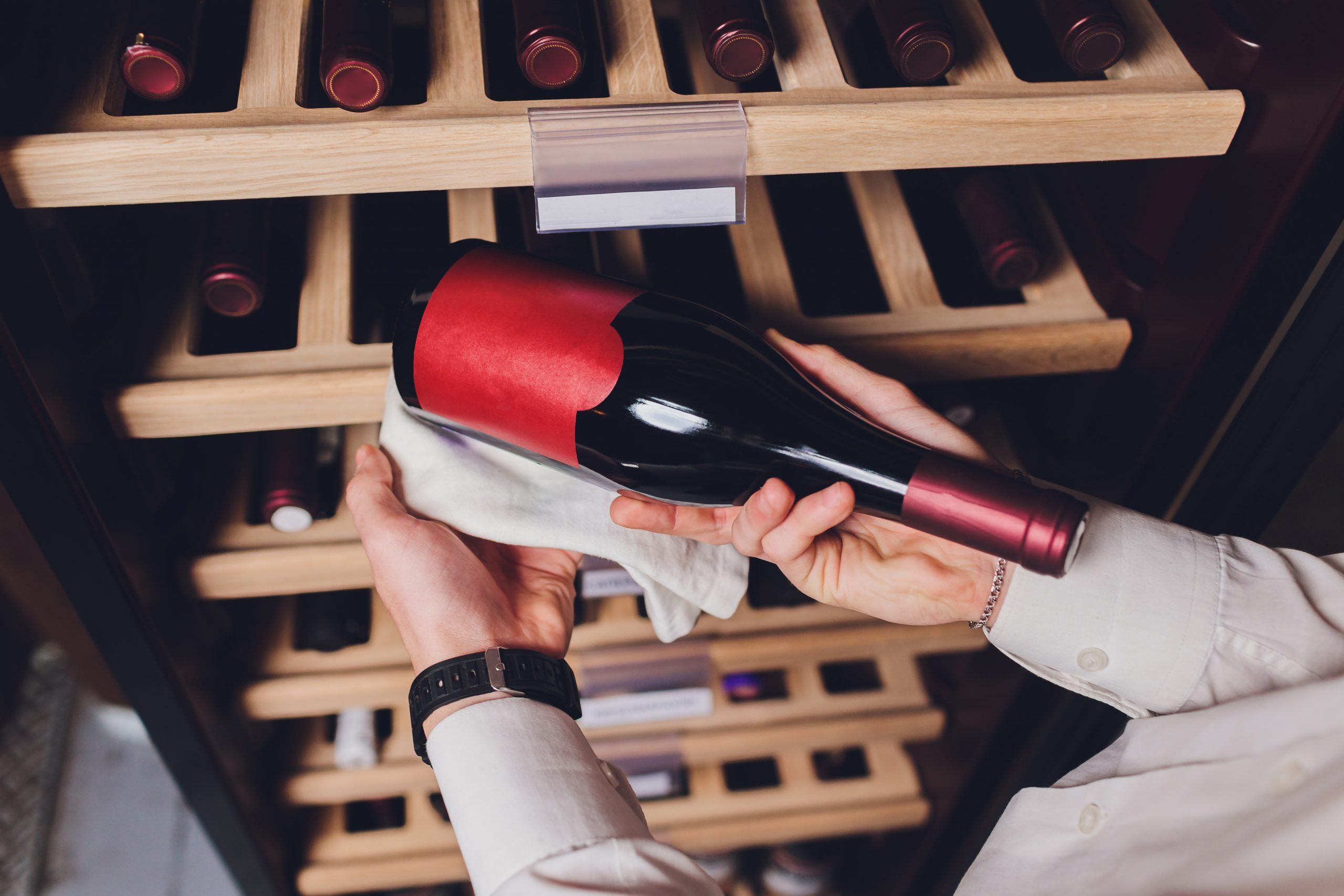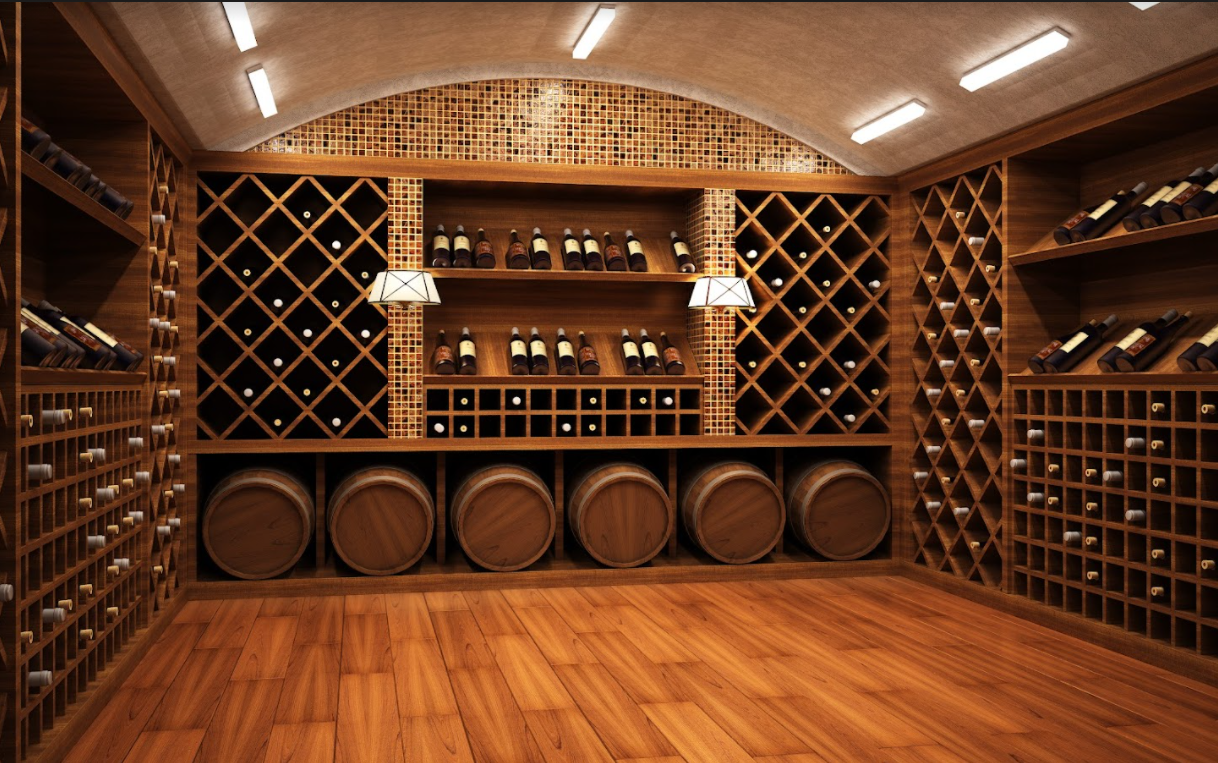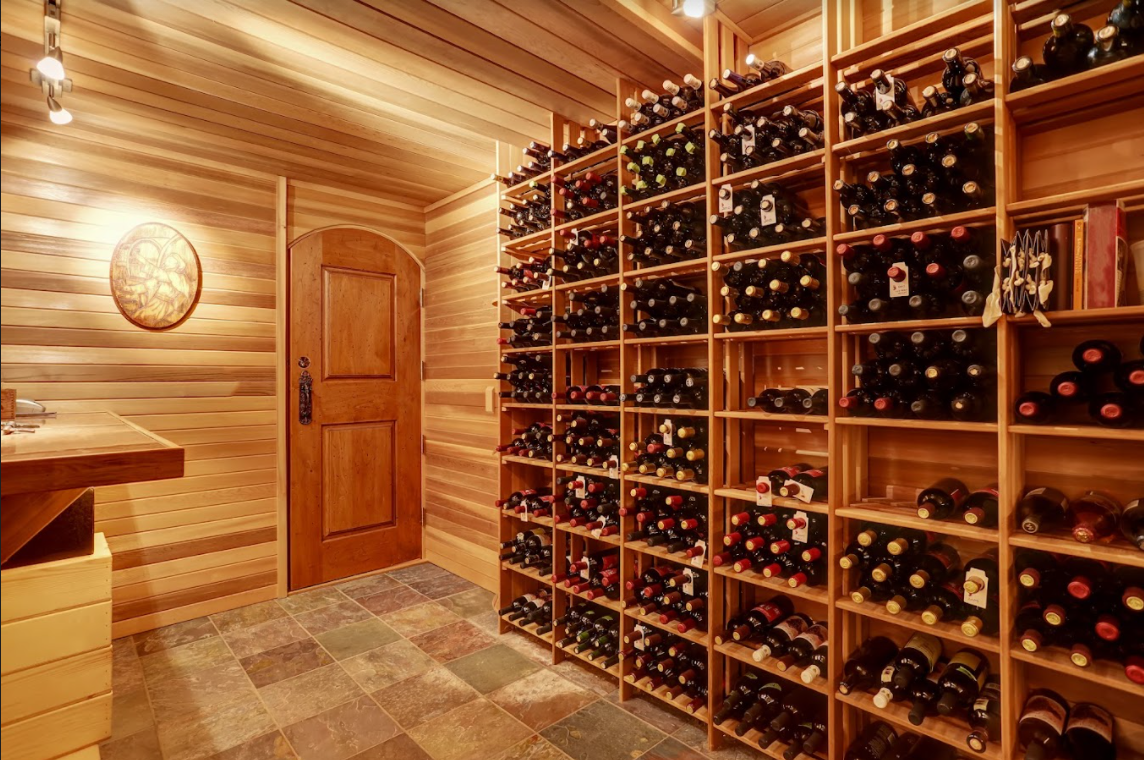Table Of Contents
Are you a wine lover? Do you usually end your day with a glass of wine, maybe two? Well, if you’re a legitimate wine enthusiast, you know that keeping those precious bottles in the fridge is a big no-no. Storing wine in the refrigerator is not only too cold for your wine, but it may also stunt its development. You want to keep it finely aged, fresh, crisp, and heavenly.
If you have a wide variety of wines and would like to keep every bottle fresh, you may require a room solely for them. An excellent storage room shouldn’t be exposed to sunlight, heat, or vibrations since these external factors can compromise the quality of the alcohol you’ll store. Your cellar should also have proper ventilation since wines are temperature-sensitive.
If you don’t have a space for storage yet, you can easily design and build one in your home. Designing your wine cellar and installing it is easy; the tricky part is choosing the best cooling system to cater to your needs.
What Does A Wine Cooling System Do?
Those who have a cellar for their wines often invest in a high-quality cooling unit. This equipment works by regulating and maintaining the ideal temperature inside a closed room to prevent wines from turning bad. It also regulates the water vapor in the cellar to produce an optimal environment for any type of wine. Additionally, it should be capable of maintaining a consistent and even temperature within an enclosed area, no matter how small or big it is.
If you’re planning on building a room solely for your wine bottles, it may be a good idea to invest in equipment that’ll keep your drinks fresh. You can choose a wine cellar cooling unit from Winecellarhq.com or other websites that offer excellent wine coolers.
There are various models (built in vs integrated) you can choose from, so you can pick one that’ll fit the structure, size, and location of your wine storage space.
How To Pick A Suitable Cooling Unit?
Purchasing a cooling system for your wines is an investment. It may cost you a significant amount of money, and if you pick the wrong one, you may end up spoiling all your bottles. Hence, it’s best to first look at your options and check which type will be most suitable for your wine cellar.
If you plan to convert a small room into a cellar, you can opt for a self-contained cooling system. This design can maintain the standard temperature for wine bottles without a problem. In addition, this cooling unit is easy to install and compact, so you won’t need to worry about finding a spacious area to place it.
On the other hand, if your storage room is vast or is located without direct access to an open area, you may need to use a split-type model. This design features a separate unit for the condenser and evaporator so you can safely install the condenser in a remote area without fear of compromising the temperature in your wine cellar.
Although there are some vital things to consider when choosing a unit, the most critical factor you should look at is its ability to maintain the conditions inside a room at all times. Remember that different types of wines need to be kept within a specific temperature range.
Most red wines are ideally stored between 50 and 65 degrees Fahrenheit, while whites require a slightly cooler temperature, ranging from 40 to 55 degrees Fahrenheit. Hence, the cooling system you’ll pick should cater to all the bottles you’ll keep and match the capacity required by your room size.
Setting Up Different Types Of Cooling Systems
Once you buy a cooling system for your wines, the next step you should take is installing it. Here’s a guide to help you assemble and operate the model you use for your wine cellar:
Self-Contained Model
If you’re using a self-contained cooler for your cellar, you can follow these instructions when placing it in your home.
- Step 1: Create an opening in the wall.
You should find a safe spot on one of the walls where you can cut a hole that’s around the same size as your cooling unit. You can measure the dimensions of your equipment and mark the area you’ll carve out to ensure you won’t do unnecessary damage to your cellar’s wall.
- Step 2: Install a frame for the vent.
It’s advisable to put a frame around the vent of your cooling system to ensure that the wall can carry the additional weight you’ll be subjecting it to. A frame or shelf for your unit will also prevent any unwanted accidents that may cause damage to your property or wines.
- Step 3: Set up the drain line.
Once you finish mounting the body of the cooling system, you should proceed to secure the drain line. This component is essential in removing the moisture inside your equipment.
Split-Type Cooling Equipment
If you’re purchasing a sizeable split-type cooler, you may require additional assistance from a professional when installing it. The pressurized lines connecting the equipment components can be tricky to install, so it’s best to entrust that step to an expert.
Besides getting professional help, you should consider finding a suitable spot for your condenser once you start building your cellar. It’s advisable to place it in an open area within your property so the warm air coming out of it won’t influence the temperature inside your cellar. Just ensure that elements like large bushes won’t obstruct the location of the condenser. If your condenser is blocked and can’t expel air properly, the temperature inside your cellar may fluctuate.
Ducted Cooling Unit
Unlike other cooling units, a ducted system doesn’t require you to place the equipment in the same room as your wines. You can install it outside the cellar and only create exhaust grates or ducts where air can flow constantly.
If you’re using this type of cooling system, you should ensure that there’s enough space for you to place ductworks throughout your wine room so that all areas are cooled well.

Conclusion
Just like you, your wines also need a home. If you’re investing in various types of wine, make sure you also invest in a good wine storage room. After all, you’d want your wines to stay fresh until the day you pop them open. Provide them with the storage they deserve—install a wine cellar, and choose the appropriate cooling system that would work perfectly in it. Check whether you need a through-the-wall unit, a split system, or a ducted system. If your wines could talk, they’ll be thanking you once you set up a well-built storage room for them.








